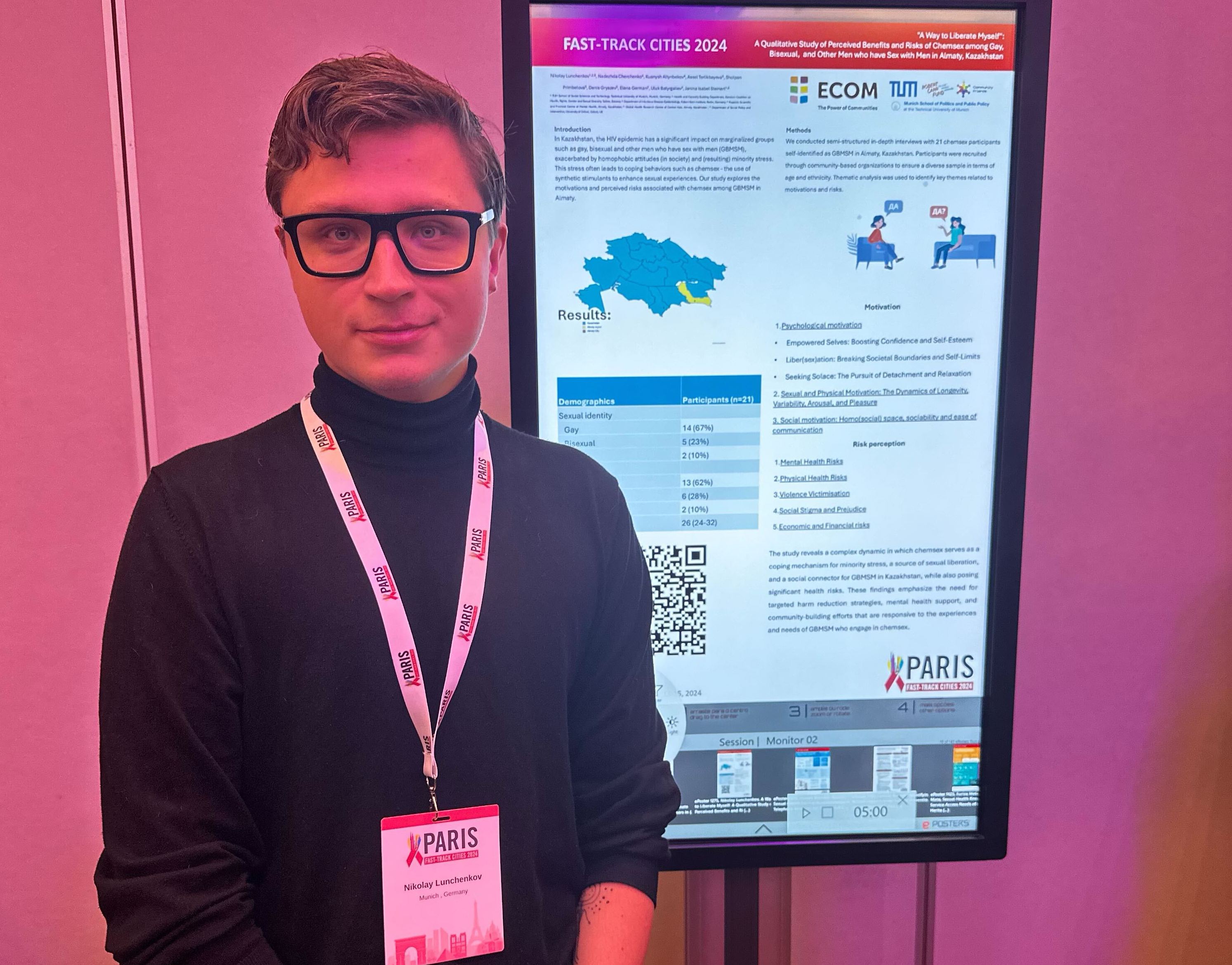International AIDS Conference AIDS 2022 was held in Montreal from July 29 to August 2. All important HIV-related studies were presented during the conference sessions.
We have collected the key abstracts that were presented at AIDS 2022, according to our team.
The guide outlines a public health response to HIV, viral hepatitis and sexually transmitted infections (STIs) for 5 key populations (men who have sex with men, trans and gender diverse people, sex workers, people who inject drugs and people in prisons and other closed settings).
A summary of the guidelines is provided in the policy brief.
- UNAIDS released the Global AIDS Update 2022 "In Danger"
70% of all new HIV infections globally and 94% of new infections outside sub-Saharan Africa are among key populations — gay men and other men who have sex with men, transgender people, sex workers and their clients, people who inject drugs and their sexual partners.
In EECA, 22% of all new infections are among gay, bisexual and other men who have sex with men, and 0.8% are among trans* women.
- Injectable PrEP will soon be a new reality
During the conference, several critical announcements were made and papers published that could change our view of pre-exposure prophylaxis for HIV (PrEP).
- WHO announced recommendations and guidelines for injectable PrEP
This document includes sections on prescribing and monitoring the drug and also provides data on all the studies that had been conducted previously. This guideline will be used as a basis for national guidelines and recommendations.
- ViiV Healthcare presented the results of the CARLOS study evaluating switching to long-acting cabotegravir and rilpivirine for the treatment of HIV
Cabotegravir (CAB) + rilpivirine (RPV) long-acting (LA) injections every 2 months for the treatment of HIV infection are an alternative to daily oral antiretroviral therapy (ART). A study in Germany showed the main reasons why patients switched to injectable HIV therapy: 92.4% — patient’s desire, 62.8% — convenience and 52.5% — pill fatigue.
- Scientists will test a new approach in HIV vaccine research
An analysis of the immune response to the HIV vaccine Imbokodo confirmed the possibility of stimulating the antibody response to the HIV vaccine. This study did not show good results, because the incidence of HIV infection among those who used the vaccine was 14% lower than in subjects in the placebo group.
But this study found a single correlation risk factor for infection. Subjects with a more pronounced response to two specific components of the HIV protein coat (V1 and V2) were approximately 30% less likely to become infected with HIV.
At the conference, HIV vaccine researchers discussed current and planned work in a new direction related to the use of mRNA technologies to create HIV vaccines. In recent months, several studies have been launched using experimental mRNA vaccines.






Комментарии
Пока никто не оставил комментарий